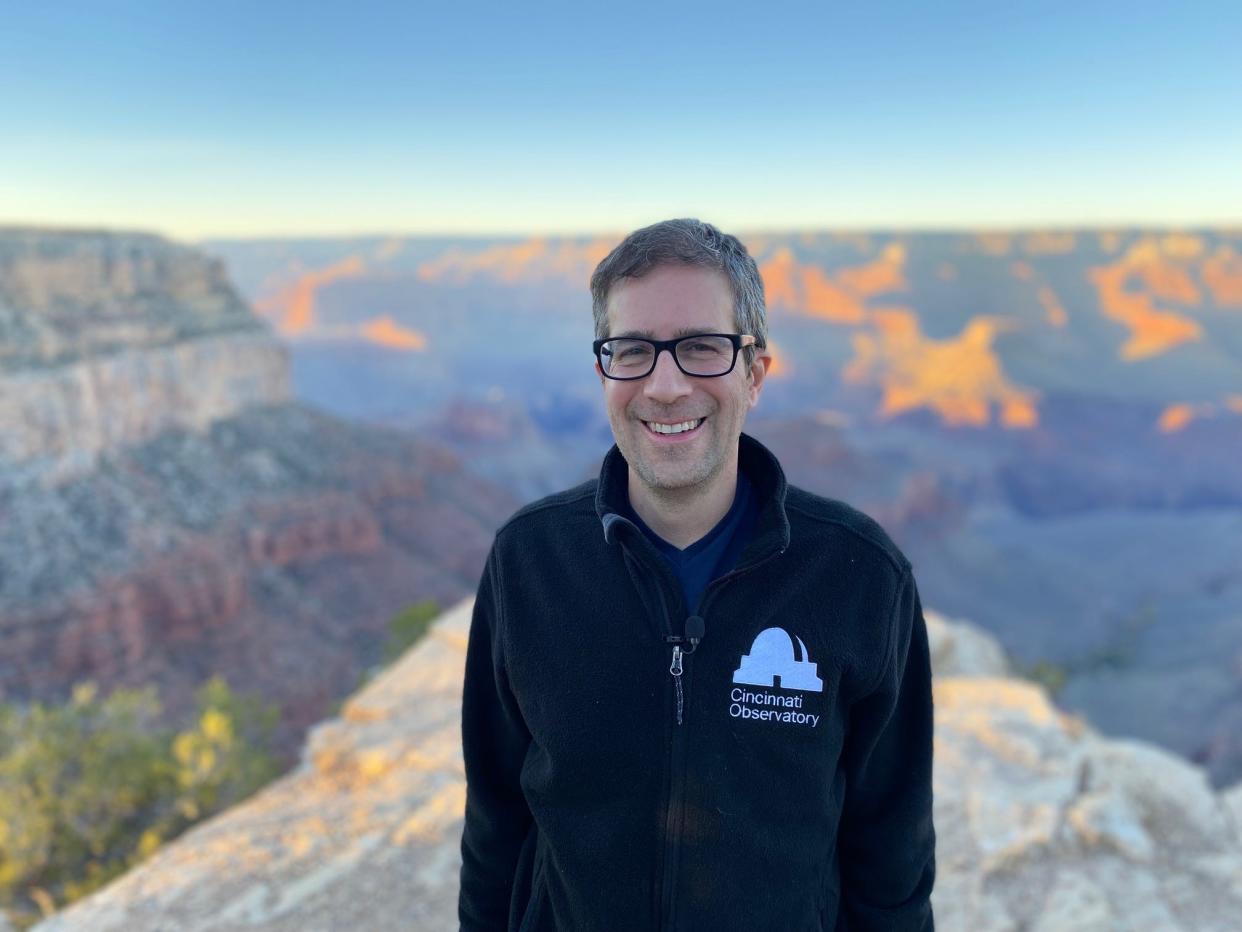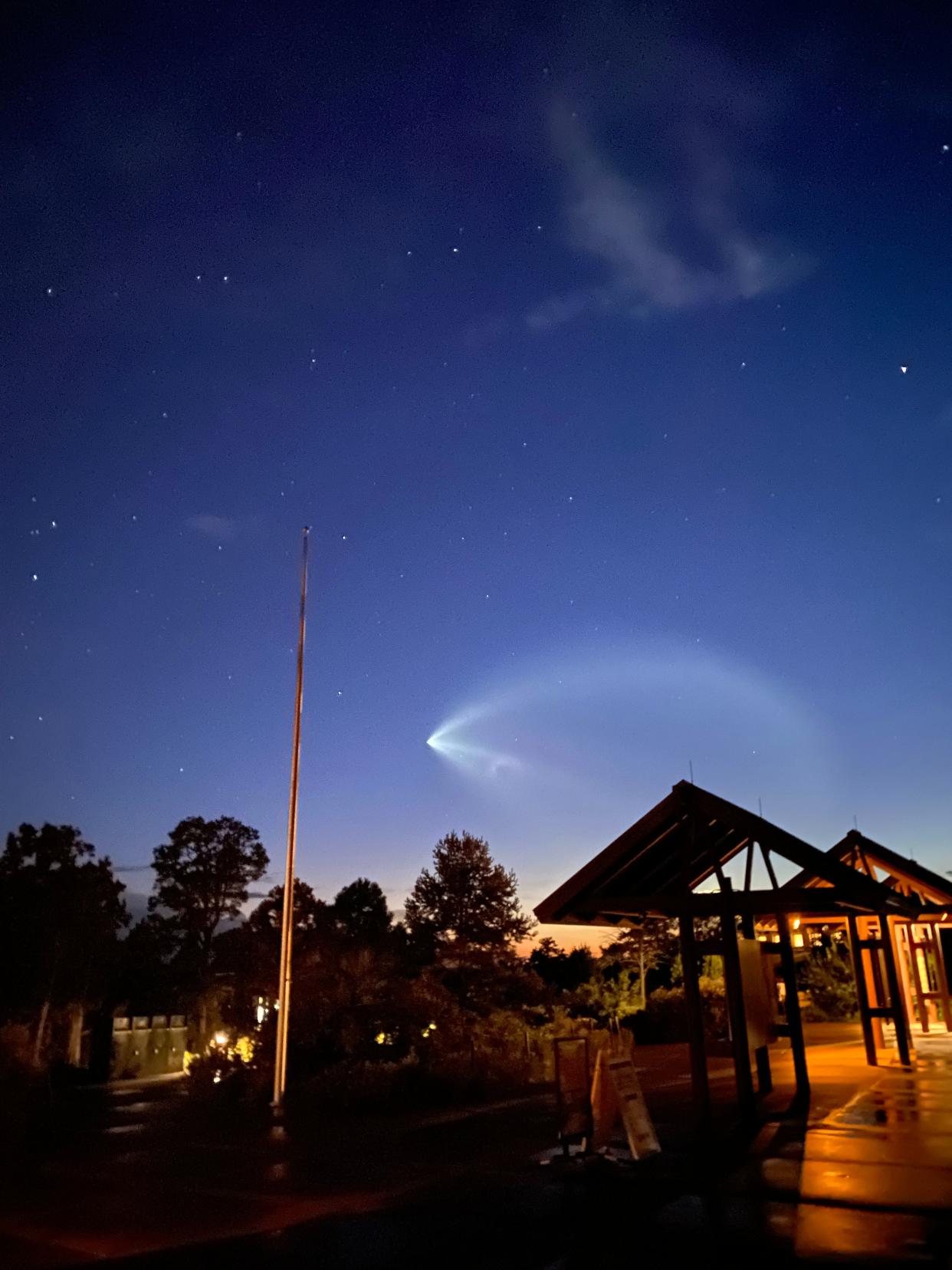See more stars than ever (and the Milky Way!) from the dark of a national park
If you are making travel plans to visit the national parks this summer, it may be difficult to decide where to go: Grand Canyon, Yellowstone, Smoky Mountains. But one thing you can count on is that after an amazing day of hiking in any park, after the sun sets, another show begins.
The night sky from a national park is spectacularly dark. More stars are visible than you can imagine, and the Milky Way arches across the sky. Experiencing a truly dark sky can be as memorable as any waterfall or mountain vista.
Half the park is after dark
Most visitors to national parks only come during the daytime. Very few spend the night. So, if you can stay past sunset, you will almost have the park to yourself.
The National Parks Service has made efforts this century to embrace the nighttime sky as an attraction. Not only are these parks remote, and far from city lights, but they have minimized and dimmed the lights inside the parks to reduce their own light pollution. That means that from many parks, when you step outside your hotel, cabin or tent at night, you will be greeted by a sky full of stars.

Ranger-led astronomy programs
As more city dwellers seek starry skies, the parks have increased their nighttime programming. Park rangers regularly give free night sky talks in the visitor centers. Often, they hold the programs outside or at the campgrounds under the stars themselves.
Glacier in Montana, Rocky Mountain in Colorado, Arches in Utah and Yosemite in California hold guided stargazing experiences under some of the darkest skies in the country. Check with the visitor center or their websites for a schedule of astronomy programs.
At Crater Lake National Park in Oregon during the summer, rangers offer weekly nighttime talks in one of the historic buildings at the Rim Village. After a brief program on the latest telescopic discoveries, the rangers lead the group outside to stargaze. Despite being incredibly dark, Crater Lake itself shines with starlight reflected from its surface about 1,000 feet below.
Living at the Grand Canyon
In 2021, Grand Canyon National Park began a program called the Astronomer in Residence: where professional and amateur astronomers could apply to live and work at the park for up to six weeks. I was lucky enough to be one of the first recipients.
By day, I hiked the trails around the South Rim, and by night gave astronomy talks and led night sky programs. I also set up telescopes for passers-by and shared views of Jupiter and its moons, Saturn and its rings and several star clusters.
Visitors often told me that seeing so many stars and viewing through a telescope was “the highlight of my trip.” Even amidst the most breathtaking earthly scenery of the Grand Canyon, the night sky stole the show.
For more information on the Astronomer in Residence see: grandcanyon.org/experience-grand-canyon/residency-program/astronomer-in-residence.
Annual Star Parties
Several National Parks hold annual astronomy festivals that are casually nicknamed Star Parties. Dozens of amateur astronomers set up telescopes for visitors to look at stars, planets and more. You can go from telescope to telescope, put your eye to the eyepiece and behold a cluster with thousands of stars, a nebula with ghostly clouds of gas and a galaxy millions of light years away all in a matter of minutes.
The Grand Canyon Star Party is one of the larger events, lasting for eight nights every June. Each night includes a talk by local and national astronomers, followed by guided stargazing and telescope viewing. Nightly attendance varies between 1,000-1,500 people with 50 and 80 telescopes set up for them to observe.
Every summer in Shenandoah National Park, rangers and amateur astronomers present the Night Sky Festival. Visitors experience talks at the historic lodge followed by a star party with telescopes around the Big Meadows section of the park.
There are also dark sky parks around the country. To find darker stargazing locations go to: darksky.org/what-we-do/international-dark-sky-places.

Astronomy Festivals in the National Parks 2024
Grand Canyon, Arizona: June 1-8.
Bryce Canyon, Utah: June 5-8.
Badlands, South Dakota: July 5-7.
Shenandoah, Virginia: Aug. 2-4.
Joshua Tree, California: Oct. 4-5.
Dean Regas is an astronomer, host of the Looking Up podcast, and author of six books including 100 Things to See in the Night Sky. He can be reached at: www.astrodean.com
Grand Canyon Adventure: Online Astronomy Class
What: Astronomer Dean Regas shares his adventures as the Astronomer in Residence at the Grand Canyon. What is it like to live, work and hike in America's most famous national park? Dean gives amazing tales of exploring the canyon and the night sky as well as previewing night sky programs you can attend this summer in other National Parks.
When: Tuesday, May 7, at 7 p.m.
Tickets: $10 per household.
Information: Watch the class live or view the recording later at your convenience.
Register: astrodean.com/shop.
This article originally appeared on Cincinnati Enquirer: See the Milky Way with your own eyes from the dark of a national park